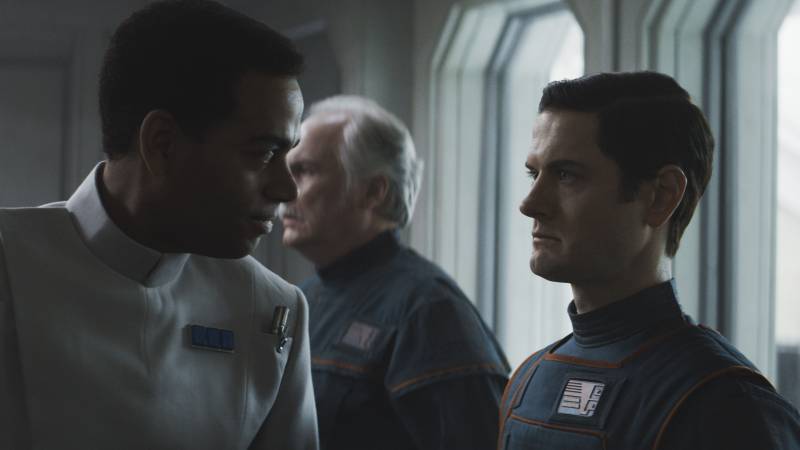This article contains spoilers about the season finale of Andor.
In one corner of the Star Wars galaxy, you’ve got the eeeeevil Sith Lord, Emperor Sheev Palpatine, crackling with Force-lighting as he fries Jedi Master Mace Windu to a crisp, screaming “POWAH! UNLIMITED POWAAAAAH!”
And over in another corner — the much grubbier and lower-profile one depicted on season one of Disney+’s Andor — you’ve got the bootlicking, low-level, fascist toady Syril Karn, standing at attention while he nervously answers his supervisor’s question about whether he’s modified his uniform.
“Perhaps slightly,” he says. “Pockets, piping. Some light tailoring.”
Several years separate those two events, and they exist on different orders of magnitude. The Emperor and all his cackling and crackling belong to the mythic, the macro Star Wars — the Joseph-Campbell-hero’s-quest of George Lucas’ original vision, which combined sprawling space-opera with the high adventure of Saturday movie serials — narrow escapes, thrilling stunts and hiss-worthy villains.

9(MDAxOTAwOTE4MDEyMTkxMDAzNjczZDljZA004))

